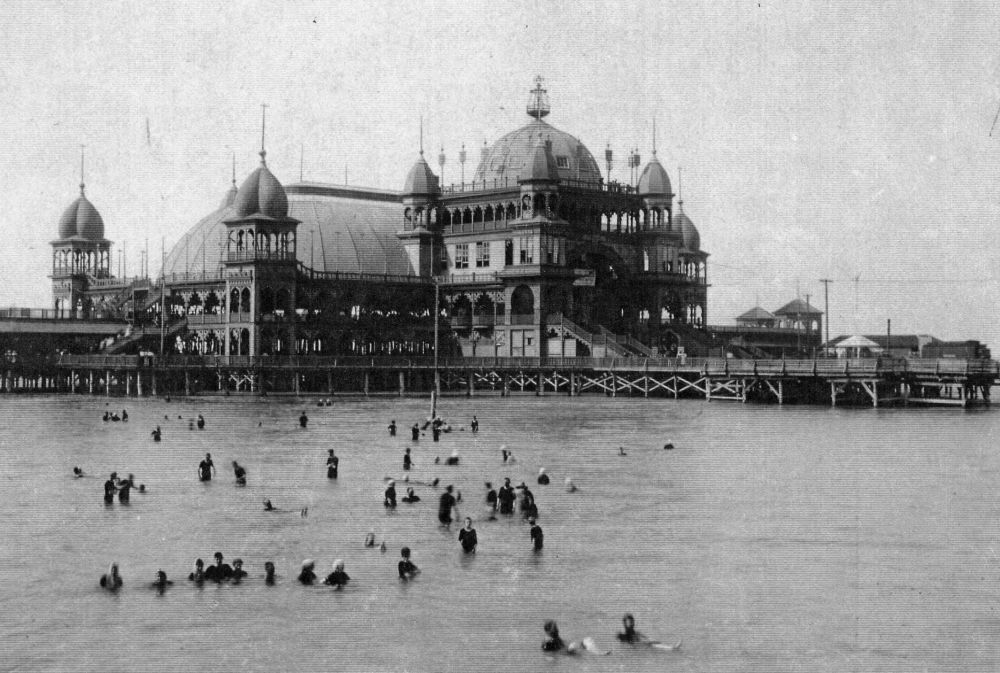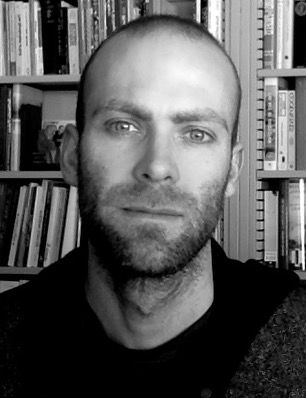
The Place Irony Built


In the late 1860s a group of businessmen conceived of a bold plan: They would build a great city in the Territory of Utah. Located on the likely hub of two major railroads 60 miles north of Salt Lake City, the city dubbed Corinne would become a capitalist wonderland and a safe harbor for white Christians.
Most of all, the businessmen promised, Corinne would serve as a bastion of anti-Mormonism. The railroad, they argued, would bring a great wave of American modernity that would swamp The Church of Jesus Christ of Latter-day Saints and ultimately destroy it.
The plan failed miserably. As David Walker recounts in “Railroading Religion: Mormons, Tourists, and the Corporate Spirit of the West” (The University of North Carolina Press, 2019), the church not only survived, it emerged stronger than ever.
“The church ended up succeeding and flourishing in the new West,” said Walker, a UC Santa Barbara associate professor of religious studies, “by virtue of its bureaucratic acumen, its managerial prowess and its ability to establish a codependent and collaborative relationship with the very industries that were expected to derail it.”
As Walker notes in the book, it was a perilous time for the Mormon church. Its practice of polygamy and the widespread belief that it wasn’t Christian made it an American pariah. It was that antagonism that J.H. Beadle, one of Corinne’s founding businessmen, sought to exploit in Utah.
But Beadle underestimated the Latter-day Saints, who would go on to collaborate closely with railroad barons and tourism agents and establish what Walker calls Orthodox Mormonism, which occupied sacred ground — the Great Basin — in the grand new West.
Indeed, the great irony of Corinne was that the transcontinental railroads Beadle counted on to destroy Mormonism did precisely the opposite: They ultimately strengthened the Mormon church and secured its place in the nation. Railroads enriched church leaders and aided Mormon emigration to Utah, and they brought tourists interested in seeing Mormons precisely because of their supposed exoticism.
“Trains,” Walker writes, were advertised as opening “worlds ripe with sensory possibilities: of sights and sounds both modern and nostalgic, and of opportunities for the physical approximation (if not sensual embrace) of religious Others.”
For their part, Mormons understood their standing as others, and they capitalized on it to entice Eastern elites to visit the Great Basin.
The Mormons’ nod to the exotic was not subtle. In 1893, three years after disavowing polygamy, the church opened the Saltair Bathing Resort, a massive spa of vaguely Islamic architecture on the shores of the Great Salt Lake. The church also built the railroad that connected the spa to Salt Lake City.
For the faithful, Saltair offered wholesome recreation. Railroad guides, meanwhile, told Gentile tourists who visited the resort “that there existed few better places to consider the curious splendors of Utah than a sparkling ‘Moorish’ theme park on ‘the Dead Sea of America,’ ” Walker writes.
“Why did they do that? Because,” he explained, “they were aware of the ways that people were criticizing them, and they were also aware that they could wink at that criticism while inviting tourists to wonder whether or not those critiques were really valid.”
The story of the railroads’ contributions to the opening of the West has been told many times. “Railroading Religion,” however, uses deep research to illuminate the little-known role of the railroads in creating and mainstreaming the modern Mormon church. It was an eye-opening experience, Walker noted.
“I was not prepared,” he said, “for the degree to which, at major moments in church history — including the disavowal of polygamy and the cautious rebranding of certain church initiatives — railroad agents were involved at every step along the way, because they had interests in not only the survival but the flourishing of a particular sort of community in the Great Basin.”
Today, Corinne is a tiny community of fewer than 1,000 people. The Salt Lake City metropolitan area is home to more than 1 million people, and the Mormon church has more than 16 million members.



